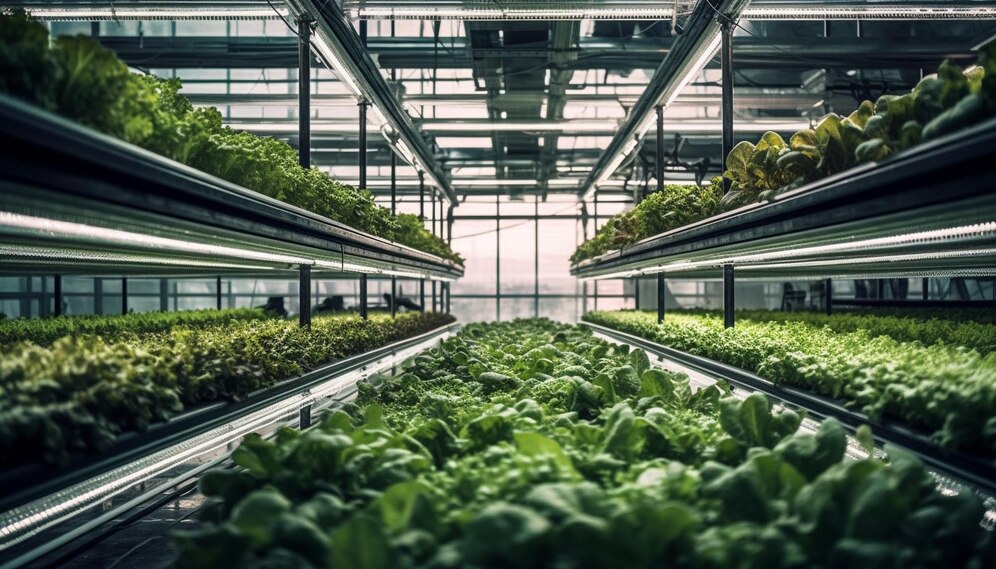Vertical Farming
Is an exciting technology setup to fix our issues relating to food insecurity, high levels of water waste in agriculture, and emissions from long distances between growth sites and consumers. Additionally, it allows us to use an array of sensors and robotics to micromanage and optimize every stage of the growing process to its maximum, growing food 24/7, 365 days a year. And with a string of startups armed and ready with hundreds of millions in venture capital funding, we all were excited to see the high-tech future of agriculture. Delivering on the Sustainable Development Goals 2 Zero Hunger, 9 Industry, Innovation and Infrastructure, 11 Sustainable Cities and Communities, and 12 responsible production and consumption.
In 2023, we are inundated with a stream of bankruptcies and cancelled IPOs in the sector, with only a few companies left standing, so what went wrong? What can we learn from it? And what are the survivors doing differently?
Don’t try to replace nature work with it:
A key factor leading to the financial failure of many startups was high energy costs. Most vertical farms heavily rely on artificial light to grow their plants, with most food plants requiring a high amount of energy input via light, electricity costs balloon, and with not all electricity coming from renewables, many vertical farms contribute to more energy-related emissions. The need to prepare the soil for Farming, transport it to the vertical farm, and then lift it up to the higher levels of the growing towers also contributed to the cost. Lastly, real estate next to urban areas is more expensive than farmland. Interestingly, these cost factors were known well before in time, but in hopes of alleviating things with then-unknown technological advancements, people were taught they could solve these monumental challenges.
Key lessons here are:
- Rather than imitating complex systems with technology, use it to enhance available systems.
- Don’t build the future with technology from the future.
Don’t light a candle with a high-energy laser:
Although many startups failed, some in the sector still attract further investment and seem to generate a profit. Most of them share the type of location and product they make. These startups focus on areas with a high risk of climate-related food shortages, high cost of delivering goods from further destinations and producing products with strategic market demand.
Key lessons here IS:
Use solutions for their intended purpose; don’t light a candle with a high-energy laser
Don’t give up on a boring system that needs some fixing.
Aside from some of the successful startups in the space, traditional greenhouses and modern technology integrated into conventional agriculture have proven highly effective at increasing productivity, lowering the usage of pesticides, and creating more resilient crops. Furthermore, at the scale of existing agricultural systems, the opportunity for introducing regenerative farming practices would have a much more significant effect on the SDGs.
Key lessons here are:
Often, the most significant change can be achieved by evaluating the systems we have used until now and tweaking them instead of trying to build a new one.
When tackling fundamental problems, focus on touch points with existing scale. Change there can be rapidly adopted across the system and impact more people.


